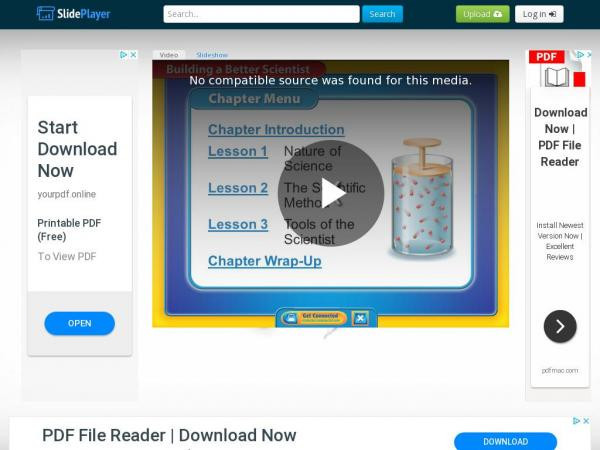Katherine Dunn's collections
The (Engineering) Design Process
<p>This collection serves to give students the knowledge about the engineering design process. Students need to understand the process is different from the scientific method. </p><p><br /></p><p>#LearnwithTR</p>
 Katherine Dunn
Katherine Dunn
4
How Did We Get Here?: Introduction to Flying Machines
<p>This is a collection designed to introduce students to the history of aviation as told through the lens of the scientific method-design process. Students begin by thinking about why is flight important in our lives, and how did we get to the airplanes we now know? Students look at the many designs that planes have gone through, and discuss why perseverance and problem-solving are important skills to have. They also see that teamwork, cooperation, and a desire to succeed were necessary for the Wright Brothers to do their important work. Feel free to pick and choose from the resources in creating your own collections: </p>
<p><br /></p>
<p><strong>Overall Learning Outcomes:</strong></p>
<p></p>
<ul><li>Scientists use trial and error to form conclusions.</li><li>Scientists test hypotheses using multiple trials in order to get accurate results and form strong conclusions. </li><li>Scientists use multiple data and other evidence to form strong conclusions about a topic.</li><li>Scientists work together to apply scientific research and knowledge to create new designs that meet human needs. </li><li>Scientists help each other persevere through mistakes to learn new ideas. </li></ul><p></p>
<p><strong>Guiding Questions for Students to Answer from this collection:</strong></p>
<p></p>
<ul><li>Why is flight important?</li><li>How do scientists solve problems?</li><li>How do scientists collect data to help them solve problems?</li></ul><p style="margin-left:0px;"><br /></p>
<p><br /></p>
<p></p>
<p>#LearnwithTR</p>
 Katherine Dunn
Katherine Dunn
8
What does it Mean to Be a Scientist?: The Scientific Method and Taking Good Notes
<p>This is a collection designed to introduce students to the history of aviation as told through the lens of the scientific method-design process. Students begin by thinking about why is flight important in our lives, and how did we get to the airplanes we now know? Students look at the many designs that planes have gone through, and discuss why perseverance and problem-solving are important skills to have. They also see that teamwork, cooperation, and a desire to succeed were necessary for the Wright Brothers to do their important work. Feel free to pick and choose from the resources in creating your own collections: </p>
<p><br /></p>
<p><strong>Overall Learning Outcomes:</strong></p>
<p></p>
<ul><li>Scientists use trial and error to form conclusions.</li><li>Scientists test hypotheses using multiple trials in order to get accurate results and form strong conclusions. </li><li>Scientists use multiple data and other evidence to form strong conclusions about a topic.</li><li>Scientists work together to apply scientific research and knowledge to create new designs that meet human needs. </li><li>Scientists help each other persevere through mistakes to learn new ideas. </li></ul><p></p>
<p><strong>Guiding Questions for Students to Answer from this collection:</strong></p>
<p></p>
<ul><li>Why is flight important?</li><li>How do scientists solve problems?</li><li>How do scientists collect data to help them solve problems?</li></ul><p style="margin-left:0px;"><br /></p>
<p><br /></p>
<p></p>
<p>#LearnwithTR</p>
 Katherine Dunn
Katherine Dunn
9



